Jack Savoretti: the 10 records that changed my life
Plus singer-songwriter chats Top 10 album Sleep No More

Sleep No More
Back in 2015, Italian-English songsmith Jack Savoretti finally struck gold with his fourth career long-player Written In Scars, which not only broke the Top 10 of the UK album charts but also established him as one of the UK’s most talked-about new-breed singer-songwriters.
Savoretti released his follow-up Sleep No More at the end of October and - amid a garland of rave reviews - the album is set to eclipse the success of its breakthrough predecessor, hitting the number six spot in its debut week.
“I’m chuffed that people are hearing it more than anything!” laughs Jack.
“That makes a difference from the past! There was a different attitude to making this record, knowing that more people would hear it than other records I’ve made before. The process making it was fun and I got to work with everybody I’ve always wanted to work with, as well as those I’ve always loved working with.”
Indeed, across Sleep No More’s 12 tracks, Jack collaborated with a raft of different producers.
“I’d worked with Sam Dixon, Matty Benbrook, Pedro [Vito] and Seb [Sternberg] on Written In Scars and I’d also worked with them in the past on some EPs and various stuff,” explains Savoretti.
“They’re sort of like my solid boys. But I wanted to push the boat out a bit on this one and see who else could be involved and, through that, I met the wonderful Cam Blackwood [George Ezra, Alabama 3, Florence and the Machine], who re-energised a lot of stuff that I was doing outside of the studio, and that was a really great experience. He really tapped into something that I didn’t hear and I think that just gave another layer to this album.
“You never want to make the same album twice, so this was definitely a great way to stop that from happening… by introducing some new fresh blood. It’s a bit like a football team going into a new season. I didn’t want to change the whole team, because I love what we had done in the past, but I definitely wanted to bring in one or two players that would make everybody else just play a bit differently and open up our approach to making music.”
When we went into the studio this time, we definitely tried to make a record for the Premier League
How would Savoretti sum up that change in approach?
“What we had on this particular record was a bit more confidence, because in the past we’d always made records thinking, ‘Well, nobody might hear this anyway!’” he replies.
“Sorry to use a football reference again, but it’s one thing when you’re playing in the Championship and something else when somebody says, ‘You’re in the Premier League this year!’ You play differently and you get a bit more buzz knowing you’re on a different stage.
“When we went into the studio this time, we definitely tried to make a record for the Premier League. We wanted to make something that sounded big. We definitely had this confidence and this comfort in working together, but then we also had Cam, who was this new kid on the block with this new energy, which was a bit scary and dangerous!
“It’s the same way as when you bring a new player into a team. It brings in another element, and I think that was really exciting for me because I think you can really hear the different styles of the different producers throughout the album and I love the way [the songs] all work together.
A lot of the times you buy records these days, you could be listening to one song 12 times, and I always really have the fear of that
“I wrote the songs, but they all added their own touches of energy, elegance and creativity. They all had a different ingredient that they brought to the record, which I really like because it stops it from being mono. A lot of the times you buy records these days, you could be listening to one song 12 times, and I always really have the fear of that. That especially happens a lot in the singer-songwriter genre.”
As Jack revs up to take us through the 10 albums that changed his life, we just pop him one more question with regard to the guitars he picked up and played on Sleep No More.
“I played a few,” recalls Savoretti.
“The acoustics were all Martins. I used my 000-28 and I also played a pretty nice 1970s D-28 on it. I don’t actually know the model, but there was a small Martin with a Nashville tuning, which is basically just using the high strings off a 12-string guitar.
“Electric-wise, we used a Jaguar, I think, and we used a semi-hollow 1962 Gibson, but I don’t know what model it was.”
And with that, let Jack take you through his 10 life-changing records…
Sleep No More by Jack Savoretti is out now.
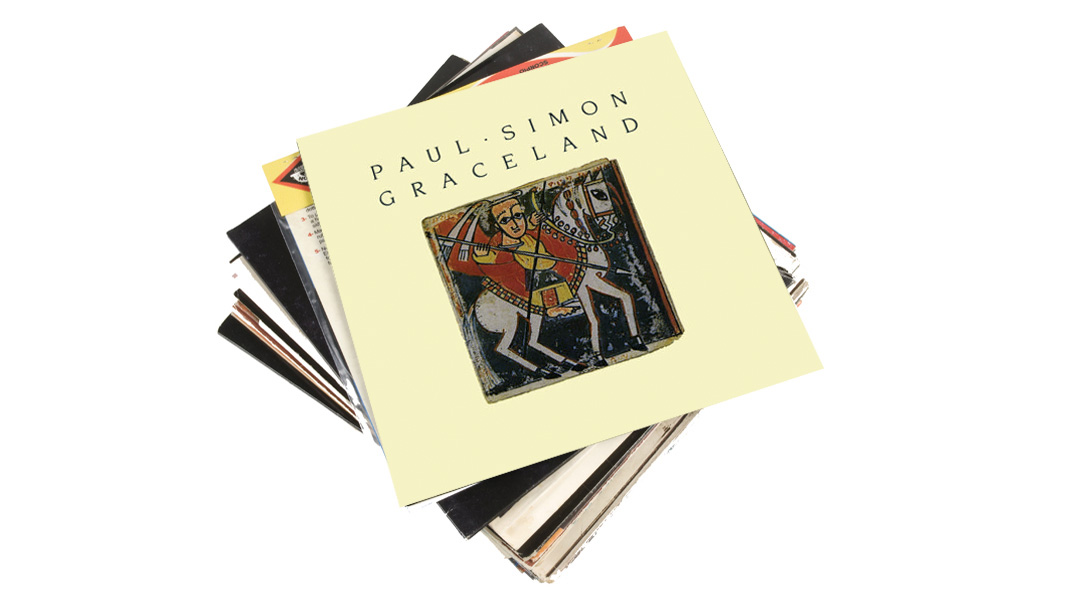
1. Paul Simon - Graceland (1986)
“If somebody said to me, ‘You’ve got one album to listen to for the rest of your life…’, it would be Paul Simon’s Graceland. It’s just one of those albums where every song is different but the whole album fits together, and I’m always in awe of people that can do that. It’s what I try to do on every album - putting a bunch of different songs together but making sure that they do belong on the same album.
Graceland is a masterpiece example of an album that will never get boring
“I think that the best way of doing that is kind of writing them all quite close to each other, even if one is a reggae song, one is a folk song and one is a New Orleans groove. Because you’re writing them all together, they all sync up. I think Graceland is the blueprint of that and a masterpiece example of an album that will never get boring.
“Basically, I think what stops an album from getting boring is if it takes you through the ups and downs, in the same way that life does. There’s never just a happy ending or just a heartbreak. There’s always the other side of the coin. I like albums that show both sides - the good and the bad.
“I probably first heard [Graceland] when I was 16 or 17. I remember that only because I went backpacking around Europe with a friend of mine from San Francisco and we only had two cassettes. One was Creedence Clearwater Revival’s Greatest Hits, and the other one was Graceland. We had this tiny little cassette player, and those tapes provided the soundtrack to one of the best summers of my life.”
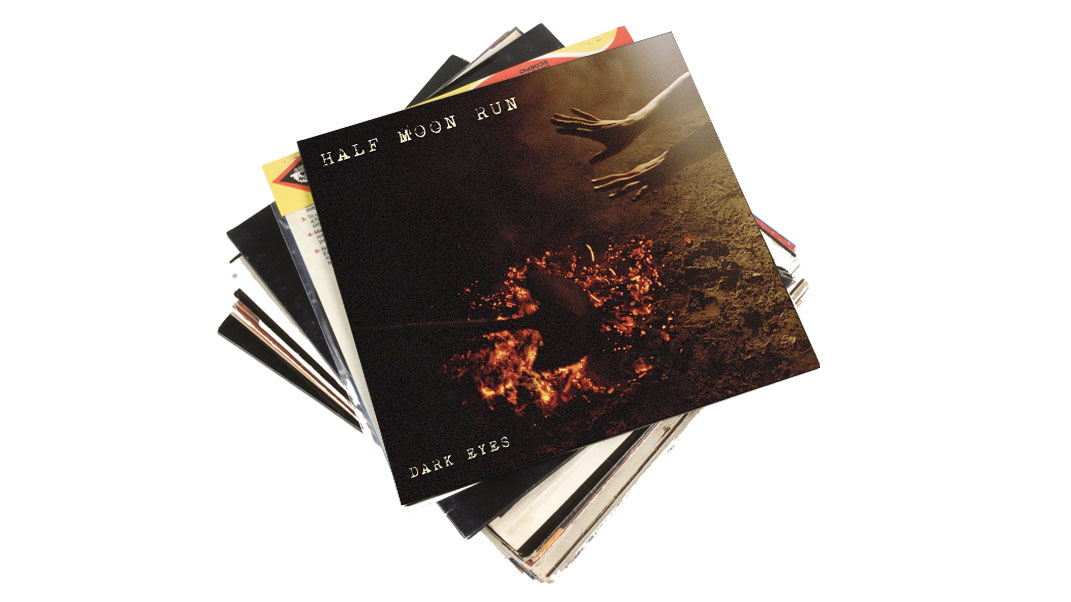
2. Half Moon Run - Dark Eyes (2012)
“This was one of these albums that made me have the courage to go into the studio with a very different mentality and [Half Moon Run] proved to me that, just because you’ve got an acoustic guitar, it doesn’t mean you have to make acoustic music.
“There’s also this retro European '60s sound to their production, which I really love. It’s very acoustic-based, but with an edge and with a dirty bass sound and incredible rhythms. They showed me how to be a bit braver with rhythms. Don’t go where the first option is. Always try to write the song as a song but then follow a groove… just don’t go to the obvious rhythm!
“They are kings, I think, of being great songwriters over a very creative production. It was the song Full Circle that first really blew my mind. It was my guitarist Pedro Vito who said to me, ‘You’ve got to check out this band!’ He’d been telling me that all tour and I was kind of saying yes although not really listening, but then, one day, he just forced me to listen by sending me that song.
“I was just about to go on holiday. It was Christmas and I was going up into the mountains to go snowboarding and this song came on as I was driving through the mountains at six o’clock in the morning. It was on my shuffle on my iTunes… and it just blew my mind! They were doing this kind of magical thing of having these Crosby, Stills and Nash harmonies but it wasn’t vintage and it didn’t feel retro. It didn’t feel like they were imitating. It felt new and it made me want to make new music other than copy all the people that I’d always admired.”
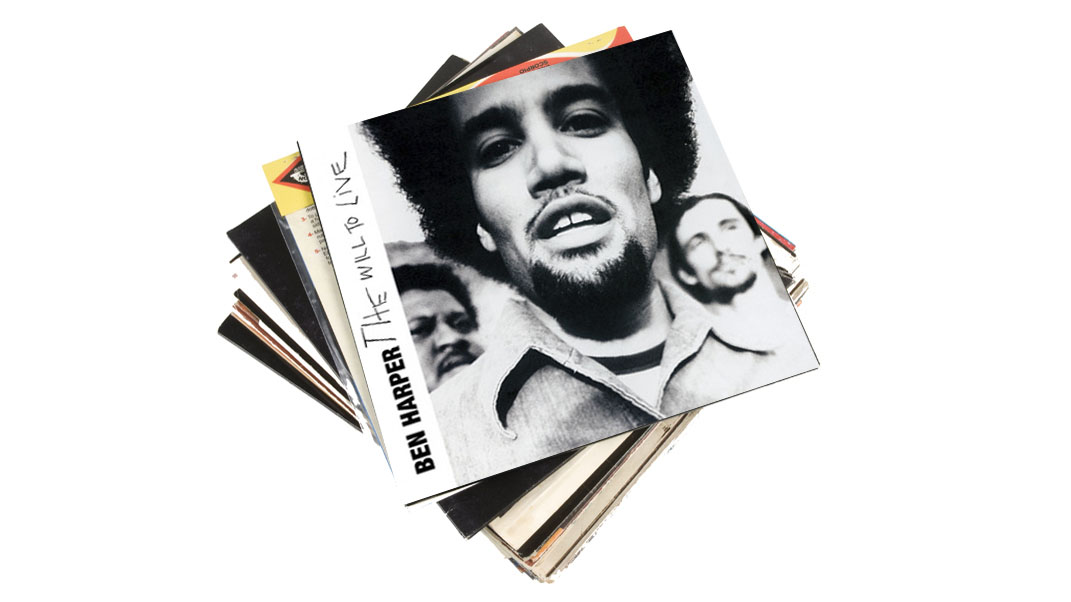
3. Ben Harper - The Will to Live (1997)
“This was the year where I sort of bought my first CDs, and I think this was my second CD I ever bought. I was fascinated by his face on the cover. I wanted to hear what he had to say.
“There’s a song on it called Jah Work, which I just thought was one of the coolest things I’ve ever heard. My only connection really to reggae at that point in my life was through Bob Marley, and hearing this kind of same depth in meaning was just amazing… and just all the grooves!
“Again, one thing that I think all of these albums pretty much have in common is groove. They are all based on really strong rhythms and basslines and good songwriting over good grooves.”
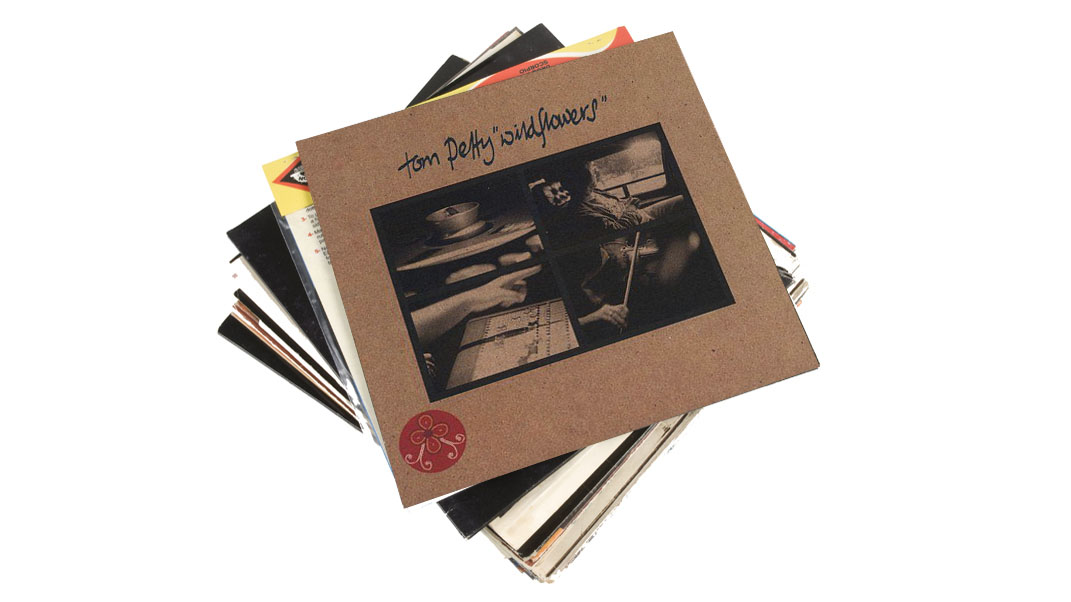
4. Tom Petty - Wildflowers (1994)
“This is the most acoustic album he’s ever made. His original drummer left when they started making it because he apparently just said, ‘Screw this! I don’t want to make acoustic music!’ and then [Tom Petty] actually got a famous English drummer involved [Steve Ferrone].
“When I got into this, I was at that time of my life where I was just experimenting and discovering different ways of living and poetry and hanging out, smoking and drinking. This album is just the perfect soundtrack to sitting in a field and just doing what you’re doing!”
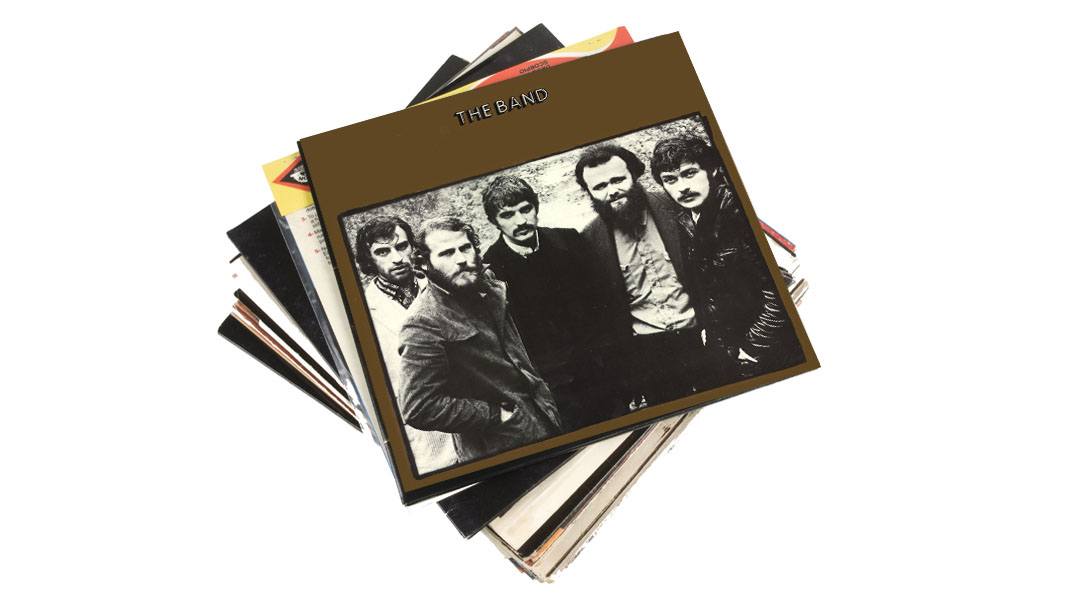
5. The Band - The Band (1969)
“I didn’t study music and I didn’t go to music school, but my education came with two films: Woodstock and The Last Waltz. Those were the two films where - as a kid - I used to literally go home, roll a fat one, smoke it and just sit back and watch them… every other night!
“I fell in love with The Band. I wanted to be Rick Danko for most of my life despite the fact that I didn’t play the bass! I just loved everything about him, and I still think Levon Helm is one of the coolest people who’s ever sat behind a drum kit.
“I just loved everything about these guys. There was something so humble, genuine and - at the same time - badass and dangerous! They weren’t assholes, but they were still rock 'n' roll. I never really got into the whole rock 'n' roll thing with bands. Even The Stones, to a point, were too much for me. All that didn’t really get me off. So when I found The Band, I was just like, ‘Yeah, I like guys like that! I could see myself hanging out with them!’”
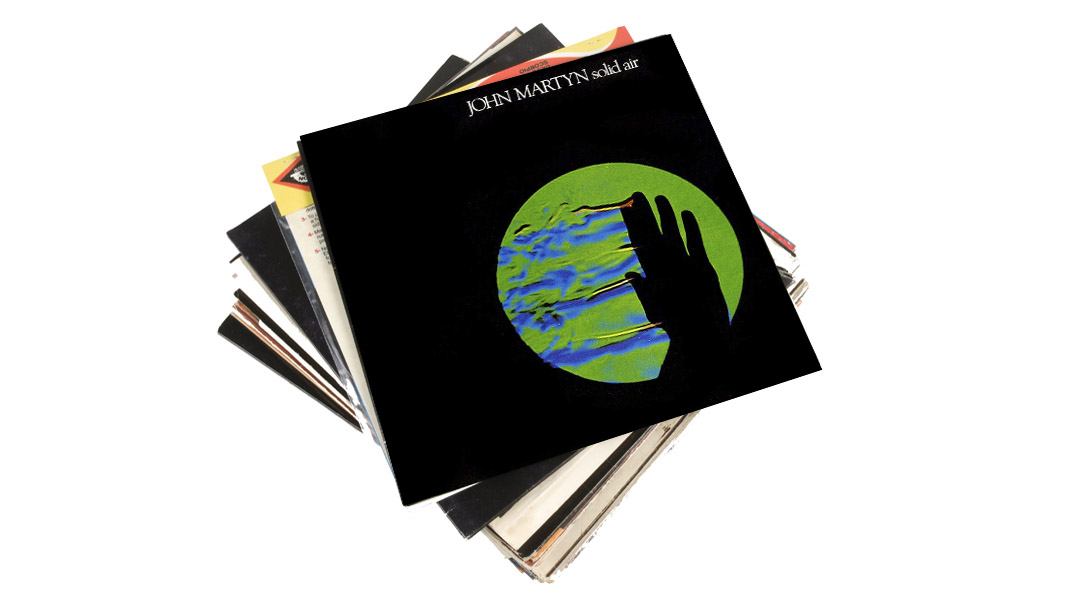
6. John Martyn - Solid Air (1973)
“When I first moved to England, I had the fortune of playing with an amazing guitarist called Perry Gwynedd [Peredur ap Gwynedd]. He’s a wonderful guitarist, and he said to me, ‘You are missing an album in your collection’ and he gave me John Martyn’s Solid Air, and that changed my whole way of singing and my whole way of writing.
“It really excited me to hear a man singing about man things, if that makes any sense. It wasn’t just boys singing about girls. It was a man singing about women, and I loved that. I was very lucky, actually, because I got to see him before he died at Shepherd’s Bush Empire. He wasn’t in a great place, I’m not going to lie… but I was very lucky to see a master at work.”
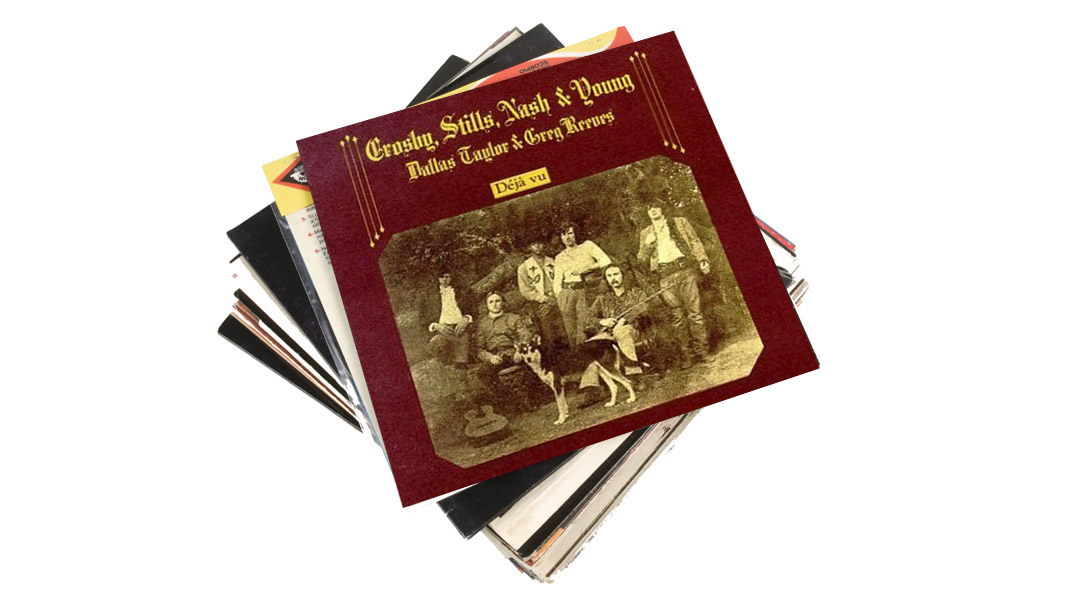
7. Crosby, Stills, Nash & Young - Déj Vu (1970)
“This was given to me by a friend at school, and it was just when I started experimenting with drugs and alcohol. It was that same period when I was listening to Tom Petty.
“When Forrest Gump came out, it reintroduced everybody to the '60s movement and the Vietnam movement, and the soundtrack was everywhere. It got us all into saying, ‘What is this music? Why was music so much better then than now?’
“We were sort of listening to various usual Christmas compilations of pop songs and then - suddenly - we had Buffalo Springfield because it was on the Forrest Gump soundtrack at parties. A friend of mine said, ‘You’ve got to hear this!’ and it was Déjà Vu by Crosby, Stills, Nash & Young.
“Just the harmonies at the beginning of that album were incredible. There were meaningful lyrics with really thought out productions. It was just magic and I’d never heard anything like it.”
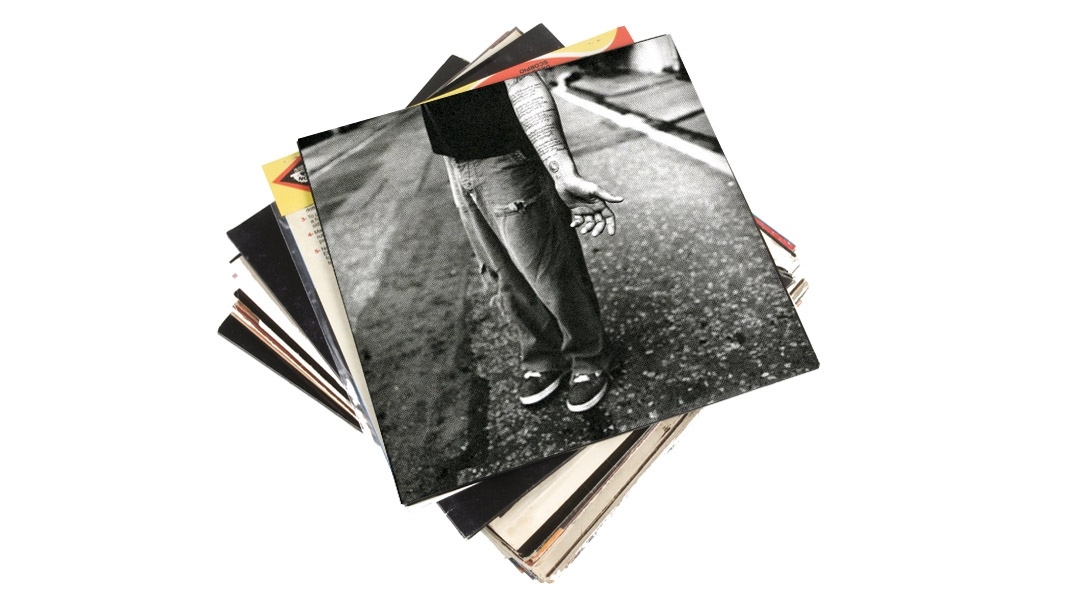
8. Blind Melon - Nico (1996)
“I love the cover of this album. It’s just a guy with the lyrics tattooed all down his arm. If you see it now, it’s so '90’s because he’s wearing skate shoes and semi-baggy jeans. I love looking at the cover now because it just takes you straight back there.
“It was very raw, this album. I just thought it was so much cooler than their other stuff. It was just a guy and his guitar with a band. There was a song called Life Ain’t So Shitty, which was basically just a recording of him in his apartment. You can hear all the sirens outside and the honking of the horns, and it just felt like I could do that. It felt really nice and it felt really familiar. It didn’t feel like all the other crazy stuff where I had no idea how they were made. I’m still obsessed with it!”
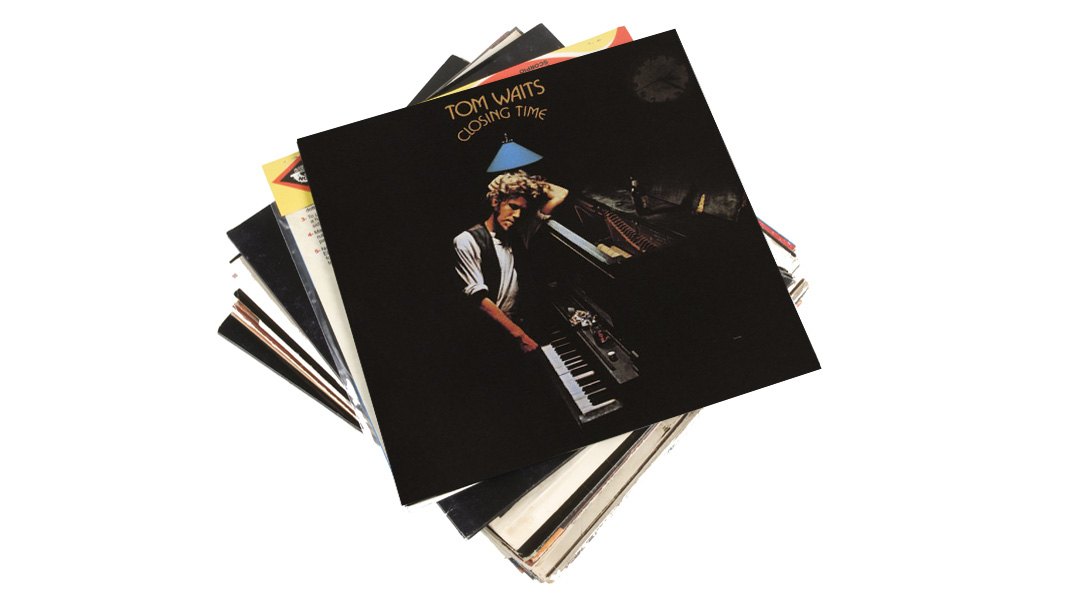
9. Tom Waits - Closing Time (1973)
“I went to school with Tom Waits’s godson, which was very lucky for me because he introduced me to his godfather’s music! He told me a story of how, when he was growing up, he remembers that Tom had Grammys in the sandpit at his house! I’ve always loved that story.
“There’s a song on there called Ice Cream Man, and that’s what hooked me to that album. It’s very song-driven. Tom Waits has the gift of being one of the godfathers of experimental music in the mainstream… but this isn’t experimental. It really is what it says on the tin.
“It’s that record you put on at the end of the night with your last few cigarettes, last few sips of wine and you just kind of fade into darkness to it. It’s got that amazing feel to it. It’s the end of the night - it’s closing time! It’s just a great record.”
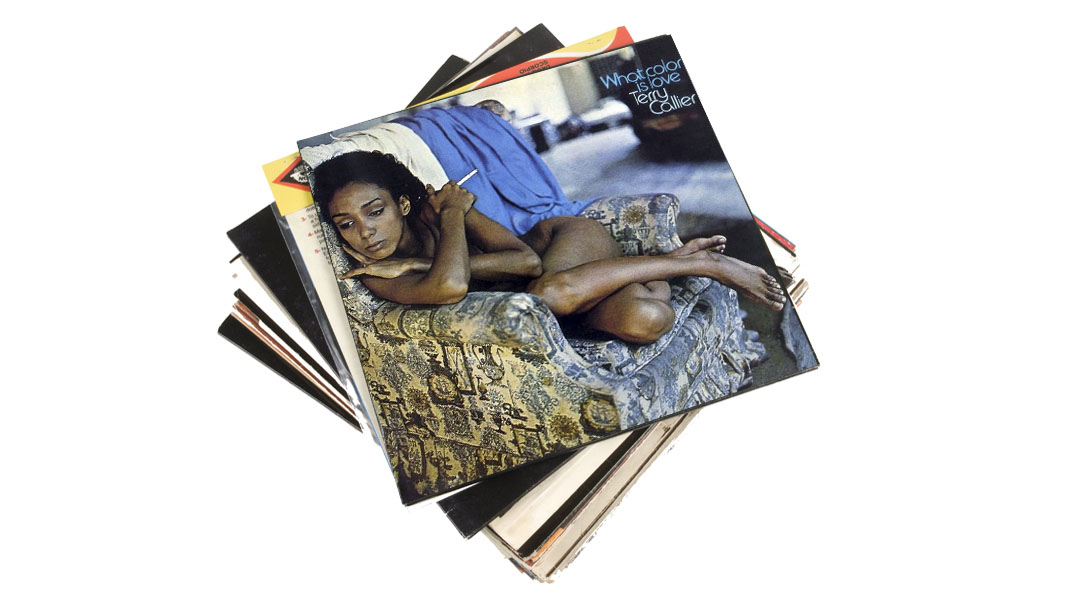
10. Terry Callier - What Color Is Love (1973)
“I’d just moved to London and moved to Portobello, and there’s a record store there called Honest Jon’s. I went in there quite a lot, and I walked in there one day and there was just this sound, which was so cool! It was kind of a '70s disco sound without it being disco… and it was folk. It just sounded like nothing I’d ever heard before and only seen in movies.
“There were kind of broken saxophones and it was just so moody, and I asked the guy, ‘What is this?’ and so he pulled out the cover. I do judge albums by their cover a lot, and the cover of this album was just this anonymous beautiful girl naked on a chair with What Color is Love written on it. I still remember taking it home. I was living in Cambridge Gardens, just off Ladbroke Grove and I had just bought a record player from WHSmith. I just sat on the floor for an hour-and-a-half and just listened to it.
“The opening song Dancing Girl is just incredible. It’s like a nine-minute movie! And then there’s a beautiful song called I’d Rather Be With You, where he says he’s had enough of going on the road and enough of trying to be a musician. He’d rather be at home with his girl… and I can definitely relate to those kinds of feelings at times!”